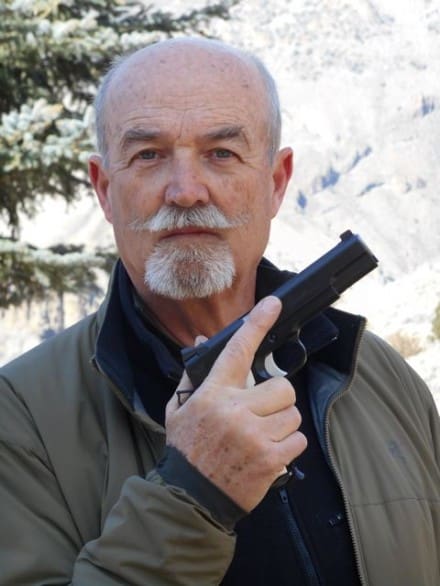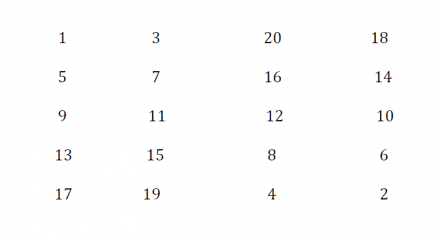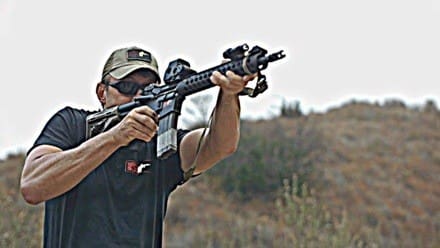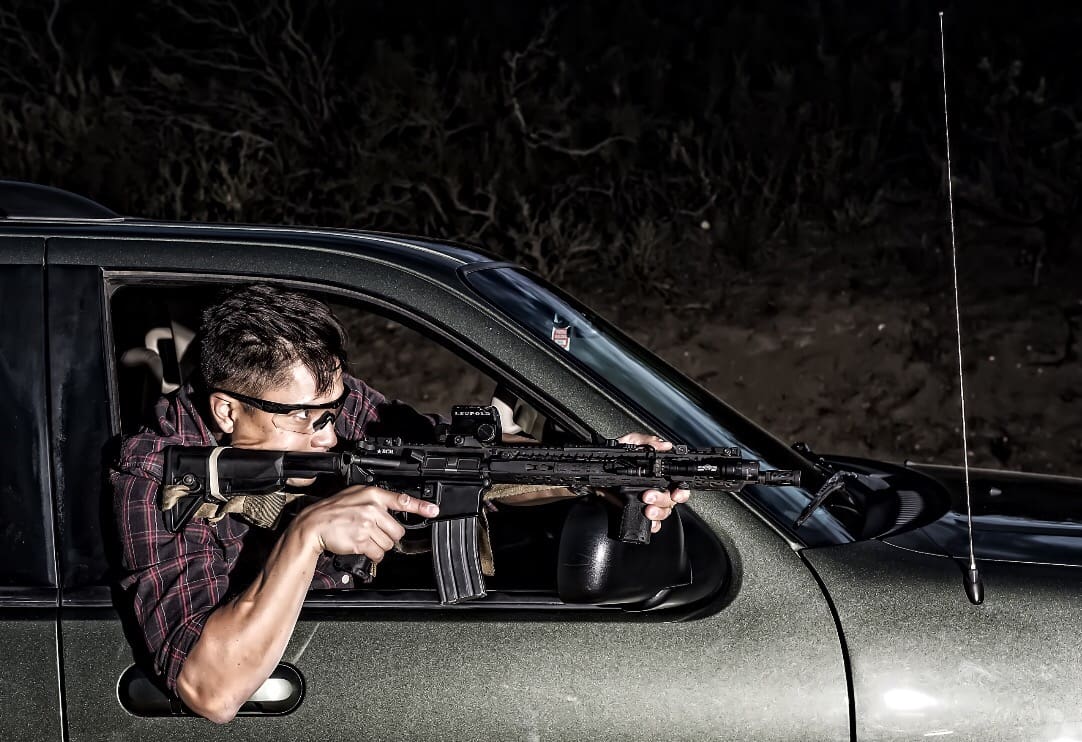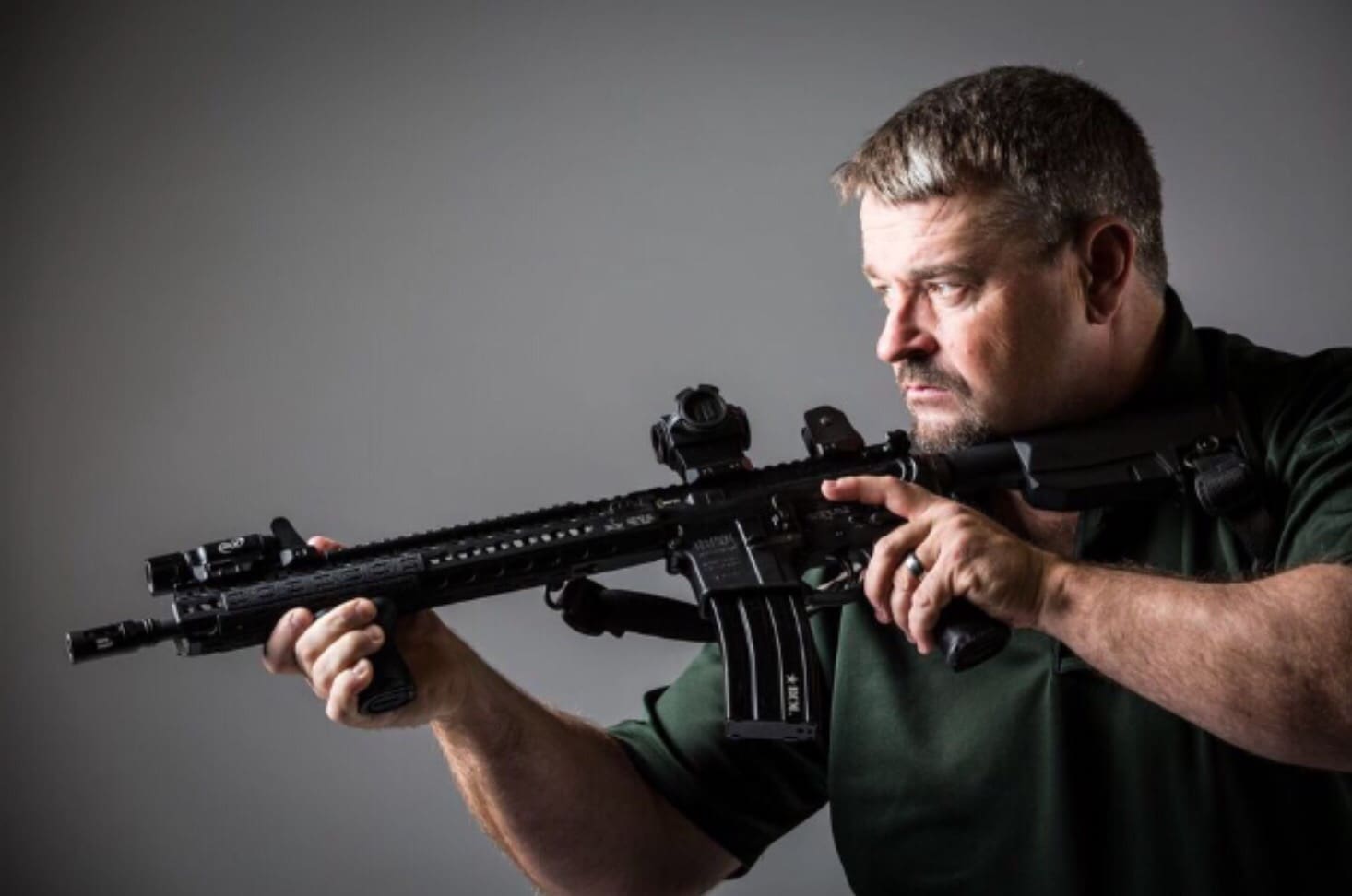I just got back from the SHOT Show 2017; have only missed three or four over the years. Always great to see old friends and see what is new in the firearms industry. Turnout was down from 2016, but this was expected. Back in the day, I wandered the isles like the rest of the nomads at SHOT, a gun writer of an earlier time (I was a pretty poor one at that). The media room at SHOT rarely saw more than 50 people seated at a time. Nowadays, thanks to social media and the blogger world, they are present in huge numbers and the role of ‘media pass’ means very little. As a gun writer, vendors were all over themselves to give me guns, ammo, and gear to test and hopefully write up in whatever firearms journal I was working for at the time. I quickly learned that nothing is ‘free’, and would not accept anything I did not see merit in or could actually deliver on.
Back in the day, there were many items that were just crap; the difference today is there is ten times more items that fit that description. It should come as no surprise that a trip through the new products display area was pretty much dominated by AR-15 style rifles/carbines/pistols, plus tons of accessories. When you hear the term ‘America’s Rifle’ applied to the AR-15 series of long guns, a trip to SHOT will really bring that point home. For the life of me, I don’t see how all these vendors of ARs and accessories can survive in the marketplace. The boutique makers of ARs, particularly the $2000 plus ones really amaze me. I have learned to take much of what I am told by the vendors with a grain of salt. Remember these salesmen will promise you anything including free delivery via alien spacecraft to make the sale. Details like “used by special operations or Navy SEALs” is a common line about the proof that their product is vetted. What they really means is that their product may be used by SF types in video games, or in the movies, but the last time I checked the arms rooms of the places I was training, I didn’t see Glocks with holes machined in the slides or M4s with exotic muzzle breaks or hand guards out to the muzzle of the weapon. It appears to me that everyone in this industry is building guns that look ‘cool’ for video games, or will give top level competition shooters a few milliseconds advantage in a major tournament.
I love the terms “it really shoots flat”, and “it doesn’t have any recoil”. I must stop and scratch my head on these dill rods. How can a recoil operated rifle or pistol not have recoil? Maybe they should adopt the term ‘lighter recoil’. An I am sick of hearing the reference to ‘flat shooting’. In the real world (the place where there is NO firing line and the targets are shooting back) flat doesn’t mean sh*t. The 1911 45 auto has never been referred to as ‘flat shooting’, but we have been shooting bad guys with it for over a century. I get it, softer recoiling guns are easier to shoot for most people. This can lead to better hits on target, but sadly for most end users it is just about launching more rounds down range quicker. Despite everything I have been exposed to in my career in this business, accurate effective hits on target is the heart and soul of Combat Marksmanship.
The extent of new products at SHOT is always exciting, but I have to wonder what will one more polymer frame striker fired pistol on the market really do better than the ones already for sale; some slight improvement, maybe, but make no mistake: GLOCK owns the market. In the USA, Smith & Wesson has second place with the M&P, while everyone else is sharing the remaining bread crumbs. The new CZ P10 C was pretty neat; I’ll probably own one. One individual at the CZ booth described the CZ P10 as the ‘Glock killer’… dream on. CZ would be successful beyond their dreams if their new pistol cost Glock just a flesh wound.
The Hudson H9 looks interesting, kudos to Cy and Lauren Hudson for thinking out of the box, and trying to do something different in self defense sidearms.
Many folks were jazzed about the announcement concerning SigSauer’s P320 winning the DOD Modular handgun selection. Is it going to end up in GIs holsters any time soon? I kind of doubt it. Just spending money on ammo and training would be far more beneficial, but the green machine has never had much interest in making soldiers skilled with handguns, for the most part they don’t really care if Pvt. Timmy or Tammy can use one effectively. They will end up being carried in condition three (empty chamber, loaded magazine in place) so overall, color me un-impressed with the whole military pistol topic.
News of anything really impressive in service/assault style rifles was limited to different flavors of ARs and AKs, however there were plenty of 9X19mm AR carbines. They are great fun, and new competition oriented pistol caliber carbine divisions may make them popular. AR and AK pistols seemed to be present in many booths at SHOT. I think they are stupid; in my opinion, zero valid reasons for owning one. Of course, if you are a gang banger you need at least three. If you want to buy a AR/AK pistol, go for it. I just don’t know anyone in my circles that will take you serious if you show up with one, and prepare to be labeled a ‘jerk-bang’.
Overall SHOT is always entertaining, full of new ideas often on old platforms, and a great place to meet new people that are part of the Gun Culture.
– Ken Hackathorn
Ken Hackathorn has served as a US Army Special Forces Small Arms Instructor, Gunsite Instructor, and NRA Police Firearms Instructor. He is currently an FBI Certified Firearms Instructor, Certified Deputy Sheriff with Washington County SO, Ohio, and a SRT member and Special Response Team trainer. Ken has trained US Military Special Operations forces, Marine FAST and SOTG units and is a contract small arms trainer to FBI SWAT and HRT.
Ken has provided training to Federal, State, and local law enforcement agencies and been active in small arms training for the past 25 years. He has written firearms related material for Guns & Ammo, Combat Handguns, Soldier Of Fortune, and currently American Handgunner and contributed to at least six other gun/shooting journals. Ken was also a founding member of IPSC and IDPA.
Gunfighter Moment is a weekly feature brought to you by Bravo Company USA. Bravo Company is home of the Gunfighters, and each week they bring us a different trainer to offer some words of wisdom.


